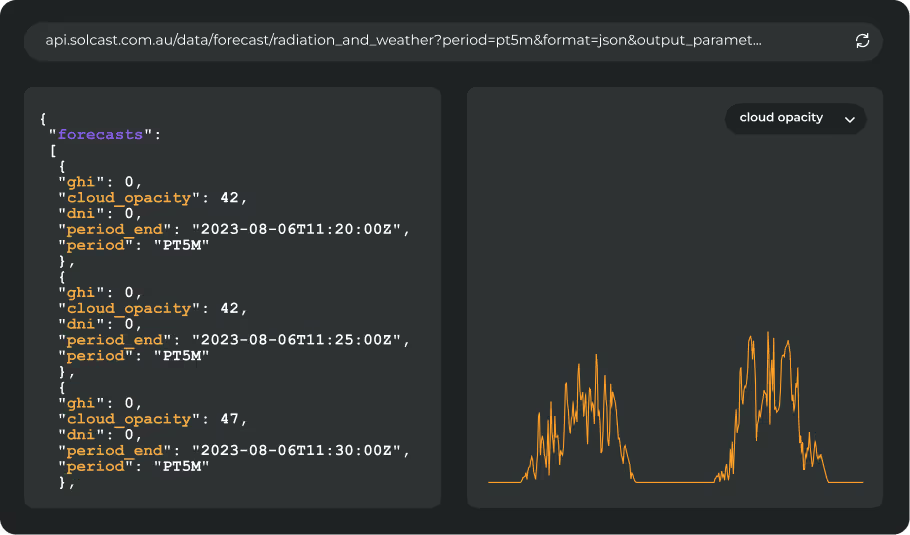While El Niño typically delivers warmer than average temperatures to Northern Asia, analysis from the Solcast API of conditions from December to February this year shows some winners and losers. In the north, a cloudy Lunar New Year impacted February irradiance and brought down the season average. Solar producers in several provinces of Central China, will have benefited from clearer than normal conditions in December and particularly February, bringing up the average to 20% more than expected. In the tropics strong thunderstorm activity occasionally broke through typically drier El Niño conditions, delivering regional variation, despite generally higher irradiance than normal in Thailand, Vietnam, the Philippines and Southern Indonesia.
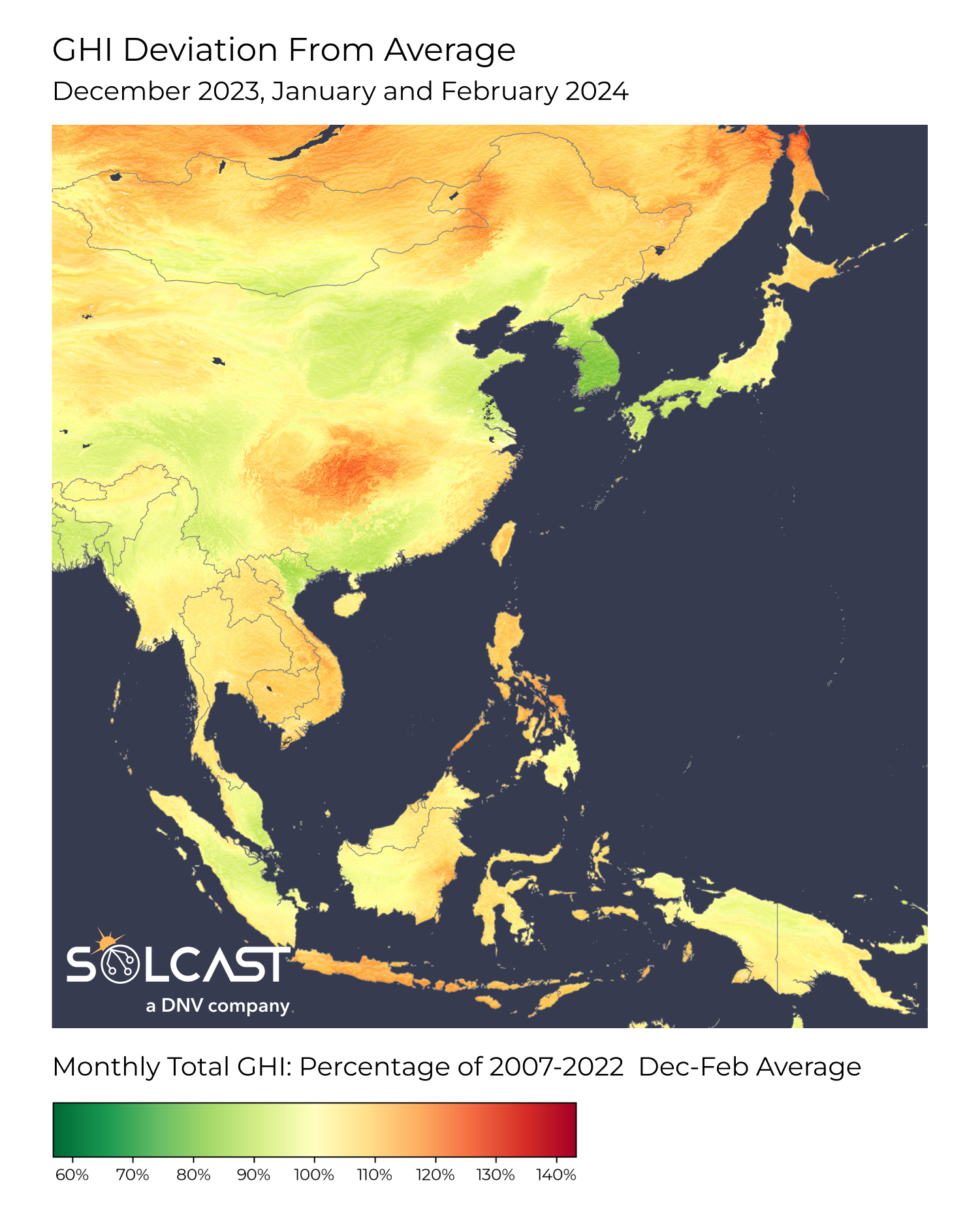
China saw large variances across the continent, with almost every region seeing less than average irradiance, other than Guizhou, Hunan, Hubei and Chongqing provinces which saw up to 20% more irradiance than normal. Several northern regions were seeing clear conditions, through December and January, until a winter weather outbreak around Lunar New Year in February dropped irradiance significantly, up to 20% below normal for February, and consequently up to 10% below normal for winter. Whilst on average, China saw slightly warmer temperatures than normal, this was accompanied by large variations. On Feb 18, -52.3°C was recorded in Xinjiang province while Badu in the south of China reached 38°C. The same weather that drove these variations interrupted the typical El Niño patterns.

Korea and Southern Japan saw consistently cloudier conditions than normal years, decreasing irradiance and solar potential across the region. Despite being slightly warmer than average, a number of cold fronts bought outbreaks of cold arctic air, and associated cloudy and snowy weather events. Irradiance across South Korea was 15% below average for the whole winter period, and 30% below average in the month of February. Solar potential in southern Japan was 5-10% below average for the season, also driven by a cloudy February, though Northern Japan was above average for most of the season.
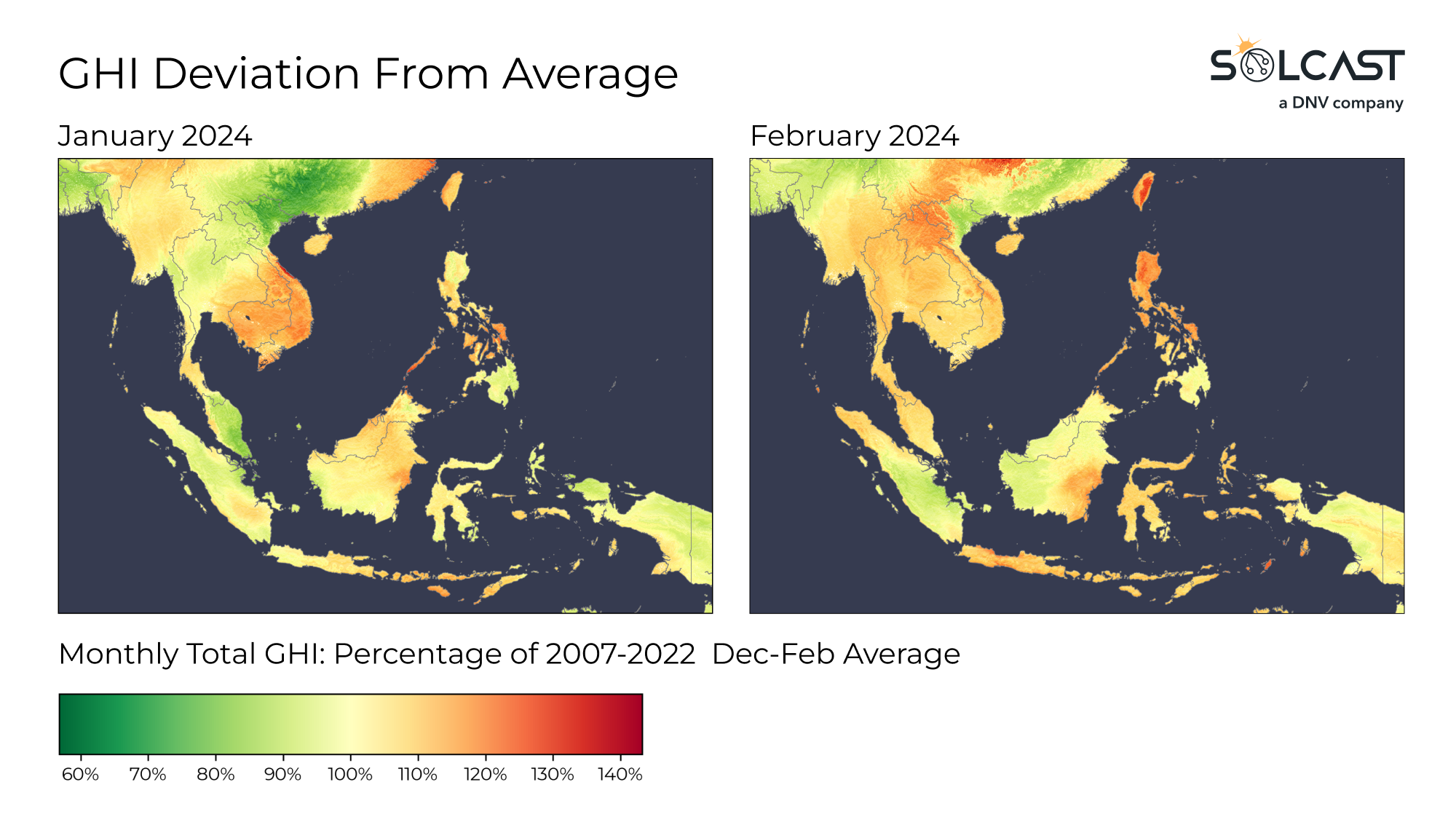
South East Asia saw above average irradiance, consistent with typical El Niño patterns, but January was a cloudy month. The remainder of the tropics saw mostly average conditions for the season, though month to month conditions were dominated by typical tropical variability. Irradiance over Thailand was about 5% above average in most areas, driven by clear conditions in December and February which saw up to 10% more irradiance than normal. Typical El Niño conditions in the tropics see drier than usual conditions, more like was seen in Vietnam this year.
The current El Niño event is coming to an end, and its drying influence over tropical parts of Asia was masked by periods of more active tropical thunderstorm activity.
Track weather conditions, cloud movements, and irradiance-influencing factors that impact your solar generation. Access bankable actuals and accurate forecasts when you sign up for a Solcast API toolkit. You can reach out to our team for an extended trial.








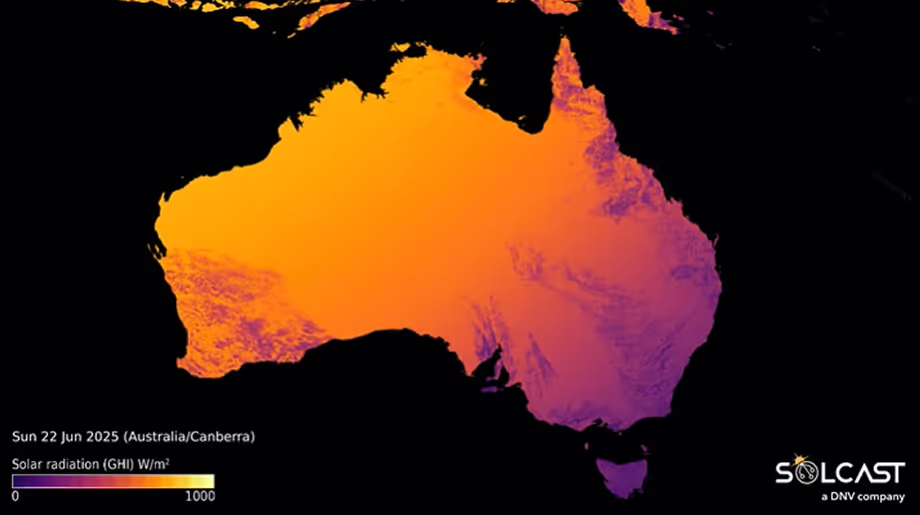
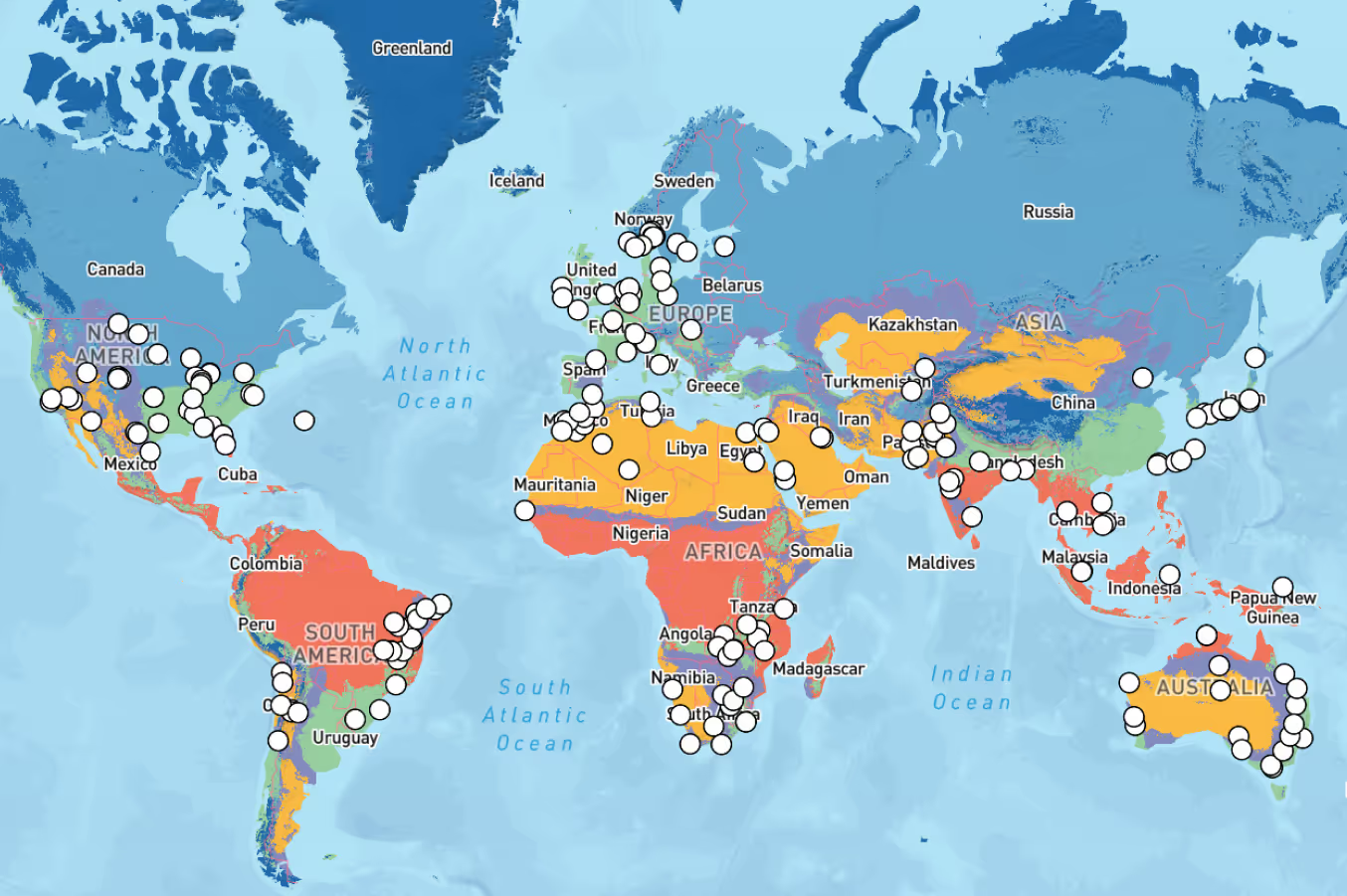
.avif)
